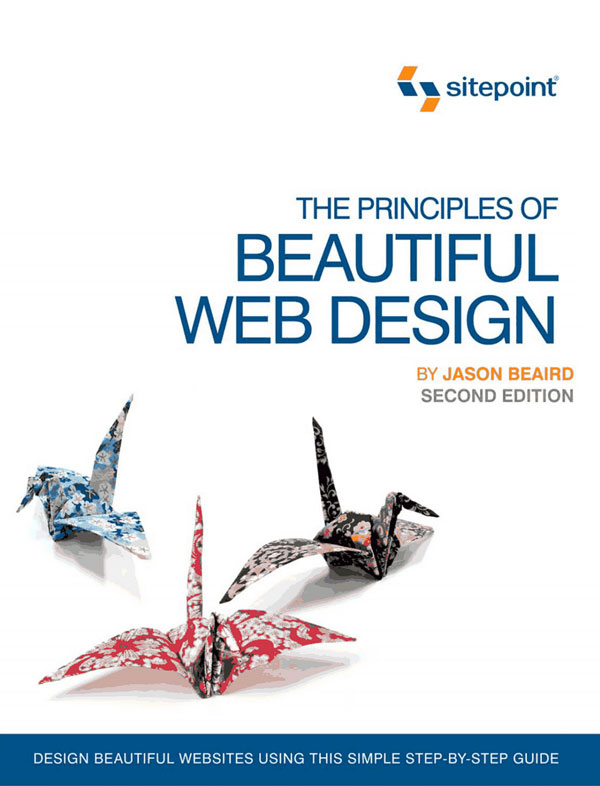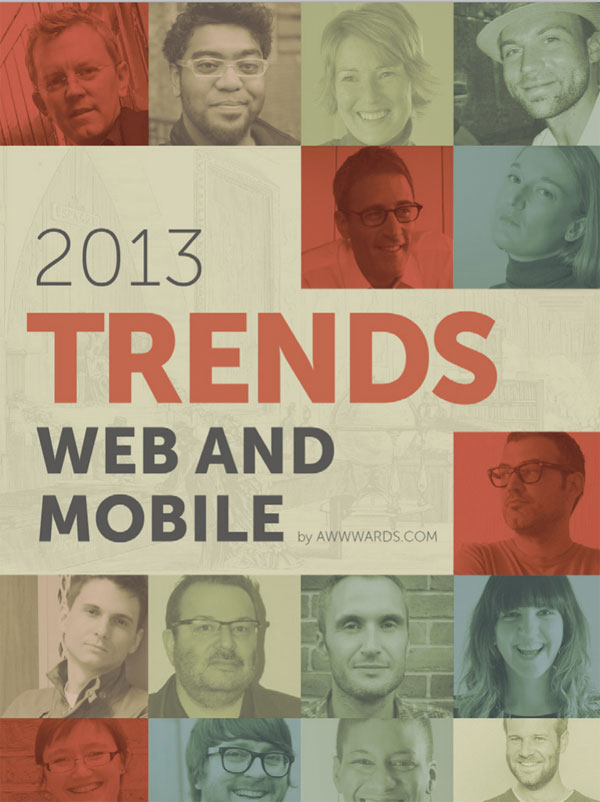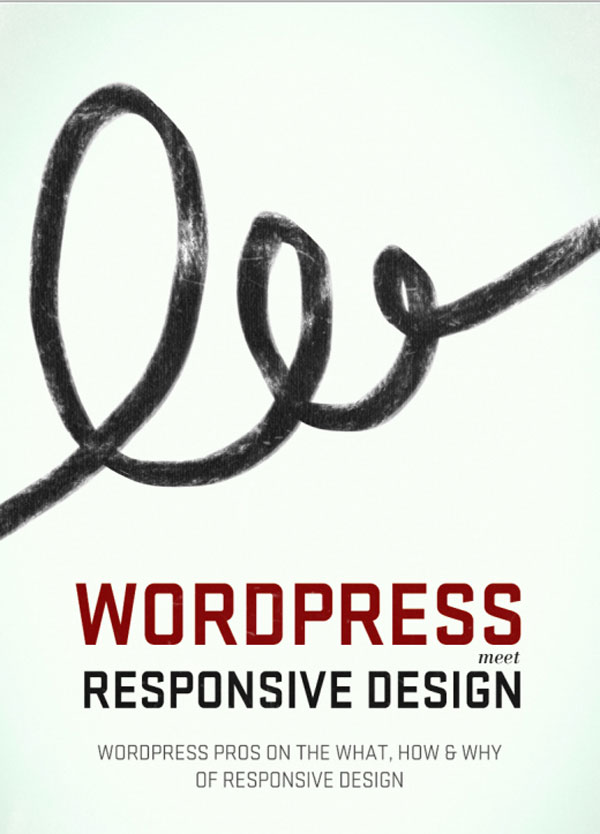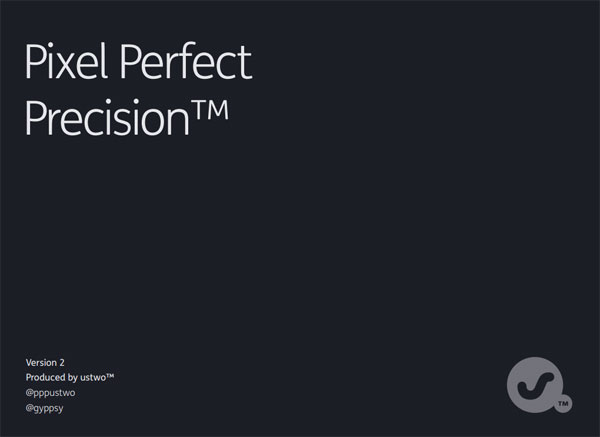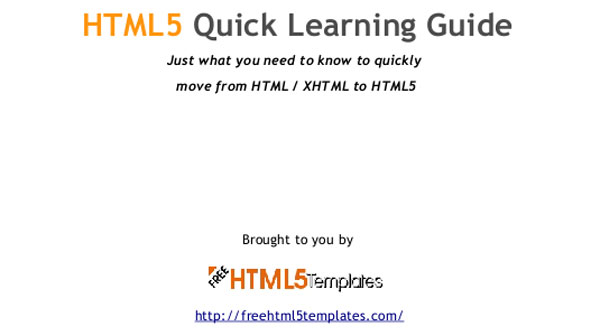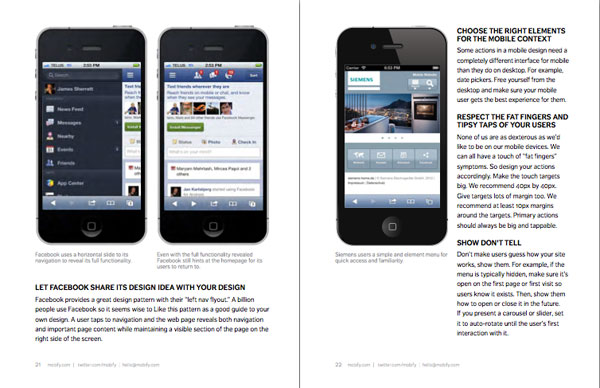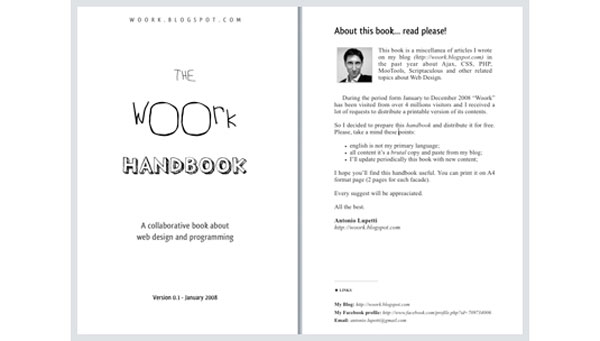Free Books For Web Designers which are helpful in developing websites
Web designers or developers are looking for gain experience in web design. These free Ebooks are helpful to gain experience in web design. And these ebooks will enhance their website design in their design knowledge. Here is a collection of 20 free web design ebooks that are available on the Internet. Some of the e-books are also available in multiple formats, so you can download and read them on your devices.
1. Web Design Book of Trends:
Only serious design trends with carefully picked examples, amazing enough make their own title. A must-have companion for every designer! 11 current trends and 165 visually attractive examples are featured in this e-book.
2. Designing for the Web:
A Practical Guide to Designing for the Web aims to teach you techniques for designing your website using the principles of graphic design. Featuring five sections, each covering a core aspect of graphic design: Getting Started, Research, Typography, Colour, and Layout.
3. The Principles of Beautiful Web Design:
The Principles of Beautiful Web Design, 2nd Edition by Jason Beaird, This 170-page book is very good for those who already have some experience in creating websites. It will equip you with the essential knowledge and techniques to make beautiful visual enhancements for your site.
4. Learning Web Design, 3rd Edition:
This 480-page e-book will teach you how to build professional websites from scratch. From learning the fundamentals of how web pages work to building CSS layouts with multiple columns, you can find it all here.
5. Taking Your Talent to the Web:
Although this book was written in 2001, a lot of its suggestions and guidance on the topic of transitioning to the World Wide Web are still applicable today.
6. How To Be Creative by Hugh MacLeod:
This is a lighthearted e-book featuring 26 first-hand tips on how to harness the creativity in you. Each tip is accompanied with a cartoon illustration, making this a really delightful read.
7. Web Designer’s Success Guide by Kevin Airgid:
This e-book is a guide on how to turn your freelance work into a source of profit. Topics covered in the book include project management, marketing, and pricing decisions.
8. Web Design and Mobile Trends for 2013:
Get an insight into the latest trends in web design and mobile technologies with this collection of interviews with 28 of today’s leading figures in the industry. It’s available in 4 formats: PDF, EPUB, MOBI and AZW3.
9. Design Your Imagination:
Although this e-book is mainly written for beginners that are still learning the ropes of web design, seasoned designers will also get some useful advice from it. There are 28 chapters with numerous backing examples.
10. Time Management for Creative People:
Although this e-book is a little old (written in 2007), I’m sure we would all agree that good time management principles will always stand the test of time. In just 32 pages, this e-book will help you improve your time management and get the most out of your day.
11. UX Design for Startups:
This 127-page e-book will provide you with practical tips and a list of more than 60 tools for UX design. Written in a large font for easier reading, this e-book is available in 3 formats: EPUB, MOBI and PDF.
12. WordPress Meet Responsive Design:
With so many different devices (with different screen resolutions) that we can use to surf the Net these days, responsive web design (RWD) is clearly an important topic to cover for web designers. This e-book is about RWD in the context of WordPress design. It’s available in 3 formats: PDF, Kindle, EPUB.
13. The Design Funnel: A Manifesto for Meaningful Design:
In just 12 pages, this e-book will show you how to understand the often ambiguous requests of your clients and build creative websites that will stand out from the crowd.
14. The Vignelli Canon by Massimo Vignelli:
If you want to learn or understand more about the role of typography in web design, this 49-page e-book will help you do just that.
15. Pixel Perfect Precision Handbook 2 by Gyppsy AKA Tony Dones:
In this 165-page handbook, you will find useful quick tips and lots of illustrations on how to make sure your designs look good down to every pixel, so to speak.
16. The elements of typographic style applied to the web:
A practical guide to web typography, The free online version includes a new chapter on digital typography, plus expanded information on typefaces and designers.
17. HTML5 Quick Learning Guide:
This guide introduces you to just the main elements of HTML5 that you’ll probably want to use right away. This guide is for those who want to get the basics figured out first, and worry about the finer details later on.
18. Web Designer’s Success Guide:
A designer’s ebook staple, Keven Airgid’s ‘Web Designer’s Success Guide’ is a comprehensive narrative on how to set up as a freelancer, and profit.
19. 50+ Mobile Web Design Best Practices:
This free e-book is a guide to mobile web design with over 50 proven tips to help you build amazing mobile websites. Here’s what it covers:2 major problems you need to consider when designing your mobile web experience, 5 strategic approaches to create successful multi-screen designs, and 50+ mobile web design best practice to take your mobile skills to the next level.
20. The Woork Handbook:
The Woork Handbook is a free eBook about CSS, HTML, Ajax, web programming, Mootools, Scriptaculous and other topics about web design.
Types of Websites:
It’s important to know the types of different websites there are. Websites are classified into various types/categories. Below is a list of the different types of websites based on the content and features offered.
1. Search Engines & Directory Types of Websites:
These are some of the ‘most popular types of websites’ in the world. Some search engine companies, like Google, prefer to keep their homepage simple and stress on only one service. This portal is provides a wider platform for the company to promote their different services but it also fragments the visitors. These may also include an search engine that helps internally for users quickly locate information.
Example: Google
2. INFORMATIONAL TYPES OF WEBSITES:
These are the types of websites which are dedicated to the purpose of providing information . These informational websites might be wider in their scope because of which they can be labelled as “news portals”. Information website can also contain TV guides, reference materials, sports related information like cricket scores etc.,
Example: CNN
3. PERSONAL WEBSITES:
The oceanic number of personal types of websites one who finds on the web. Personal websites and blogs are the fastest growing web sites. Personal websites can contain any kind of information and they are usually administered by a single individual who can choose any kind of content. Anyone can now create a web site using online free hosting accounts, or with free and commercial versions of WYSIWYG HTML editors.
Example: STALLMAN
4. COMPANY WEBSITES:
Company websites are by far the most important. Company websites range from the very small to the very large and can be a non-profit or for-profit business. Company websites have pages of information on the business, its services and clients. Company websites are often “static”. In other words, they don’t change much or very often. These are more like “online brochures” However, with modern Web 2.0, interactions with users and websites are becoming extremely popular and lots of companies are integrating new types of services and features into their sites. These sites are called “fusion” sites.
5. FORUMS:
Forum types of websites serve as platforms and promote interactions. Unless specifically blocked and requiring a special invitation, you can join any forum on the web. Most forums related to specific industry or a field. So, for example, you will find forums on printers, banking and finance, biotechnology, even people with phobias of butterflies.
6. ECOMMERCE/ONLINE STORES:
The web is primarily used for information search and communication. There are many companies have set up shops online. In fact, some companies like the popular Amazon the entire buying and selling takes place online. Online shops are not restricted to selling solid products; they can also provide services and a good example of this would be travel and matrimony websites.
Example: Amazon
7. WEB 2.0 TYPES OF WEBSITES:
Web 2.0 is an indeterminate concept and primarily encompasses websites that offer a particular service. The purpose of these websites can be divde based upon information storage, communication etc. Sites like Flickr.com, Google docs fall into this category. Imagine it like this, browsers have upgrades such as the new Internet Explorer Version 9.This is Web 2.0
Example: WordPress
8. SOCIAL NETWORKING:
The new axiom on the web is social networking. Facebook, Orkut, LinkedIn, Twitter have been the rage past couple of years. From helping you locate schoolmates and past colleagues, these websites have a whole array of utilities and features with more being added each day.
Example: Facebook
However, content can be different. Please note that these categories of websites are not distinct and can overlap, sometimes to a large degree.
What is Website?
A Website is a place/location. It is connected to the Internet that maintains one or more web pages. Computer dictionary definition for the website is it is including related links, information and terms.



